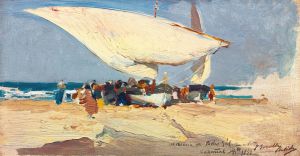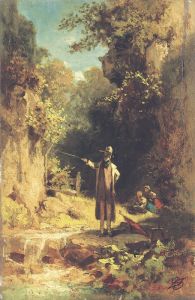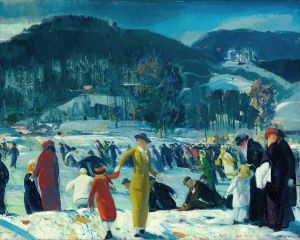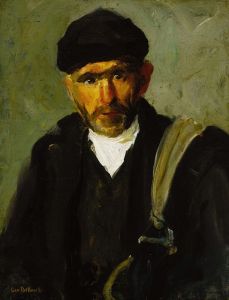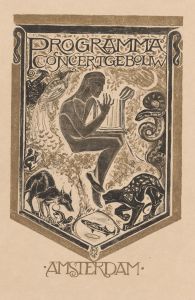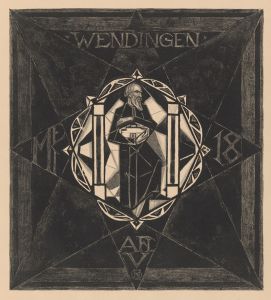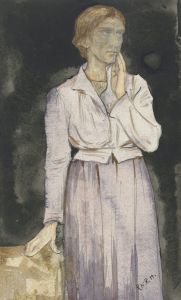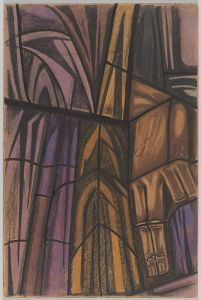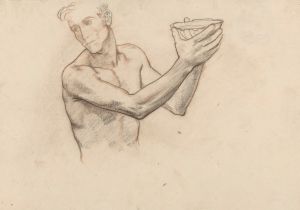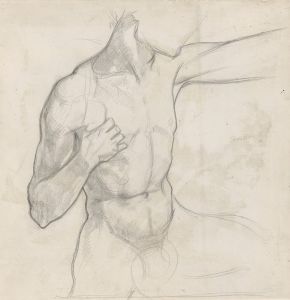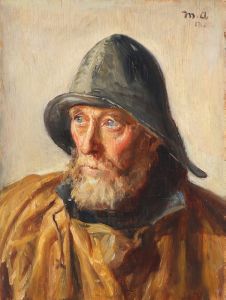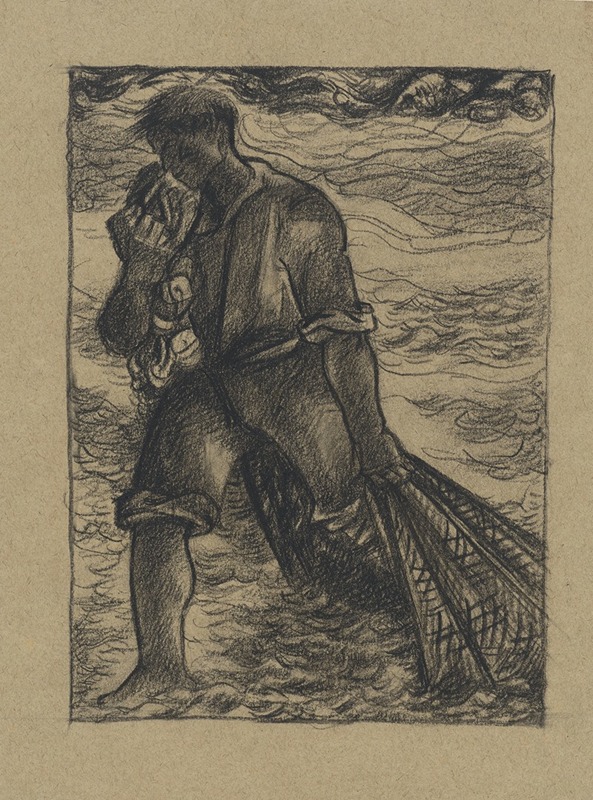
Visser met net
A hand-painted replica of Richard Nicolaüs Roland Holst’s masterpiece Visser met net, meticulously crafted by professional artists to capture the true essence of the original. Each piece is created with museum-quality canvas and rare mineral pigments, carefully painted by experienced artists with delicate brushstrokes and rich, layered colors to perfectly recreate the texture of the original artwork. Unlike machine-printed reproductions, this hand-painted version brings the painting to life, infused with the artist’s emotions and skill in every stroke. Whether for personal collection or home decoration, it instantly elevates the artistic atmosphere of any space.
Richard Nicolaüs Roland Holst was a prominent Dutch artist known for his contributions to the Symbolist movement in the late 19th and early 20th centuries. Born on December 4, 1868, in Amsterdam, he became a significant figure in Dutch art, not only as a painter but also as a designer and writer. His works often reflect the social and political themes of his time, and he was deeply involved in the artistic and cultural movements of the Netherlands.
One of his notable works is "Visser met net" (Fisherman with Net), which exemplifies his style and thematic interests. Although specific details about this painting are scarce, it is consistent with Roland Holst's broader body of work, which frequently depicted scenes of labor and the working class, often imbued with a sense of idealism and social commentary. His art was influenced by his socialist beliefs and his commitment to depicting the dignity and struggles of ordinary people.
Roland Holst was educated at the Rijksakademie van Beeldende Kunsten in Amsterdam, where he was exposed to various artistic styles and movements. He was particularly influenced by the Symbolist movement, which sought to express ideas and emotions through symbolic imagery and themes. This influence is evident in his work, including "Visser met net," where the imagery likely carries deeper meanings beyond the literal depiction of a fisherman.
Throughout his career, Roland Holst was associated with several artistic and literary circles, which helped shape his artistic vision. He was married to the poet and socialist Henriette Roland Holst, and together they were active in promoting social change through their respective arts. This partnership further fueled his interest in themes of social justice and the human condition, which are recurrent in his paintings.
In addition to his paintings, Roland Holst was also a prolific designer, creating stained glass windows, book covers, and posters. His design work often featured the same symbolic and idealistic elements found in his paintings, contributing to his reputation as a versatile and socially conscious artist.
Roland Holst's influence extended beyond his own work, as he was a mentor to many younger artists and played a significant role in the Dutch art scene. He was a member of the artists' society Arti et Amicitiae and the literary society De Nieuwe Gids, both of which were instrumental in the cultural development of the Netherlands during his lifetime.
While "Visser met net" may not be as widely recognized as some of his other works, it remains an important piece within the context of his oeuvre, reflecting his commitment to portraying the lives and struggles of everyday people with empathy and respect. Roland Holst's legacy is marked by his dedication to both his art and his ideals, making him a significant figure in the history of Dutch art.





